“Preparatory Learning Guide for Educational Travel in Japan” released for schools and students interested in educational travel in Japan
What's New
Australian Educational Leaders Tour – February 2020
News
24 March, 2021
Introducing the February 2020 trip to Japan by Australian educators to observe schools.
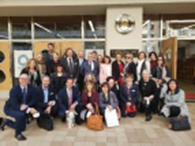
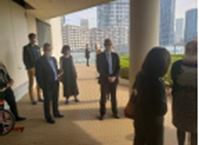
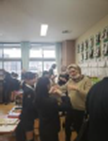
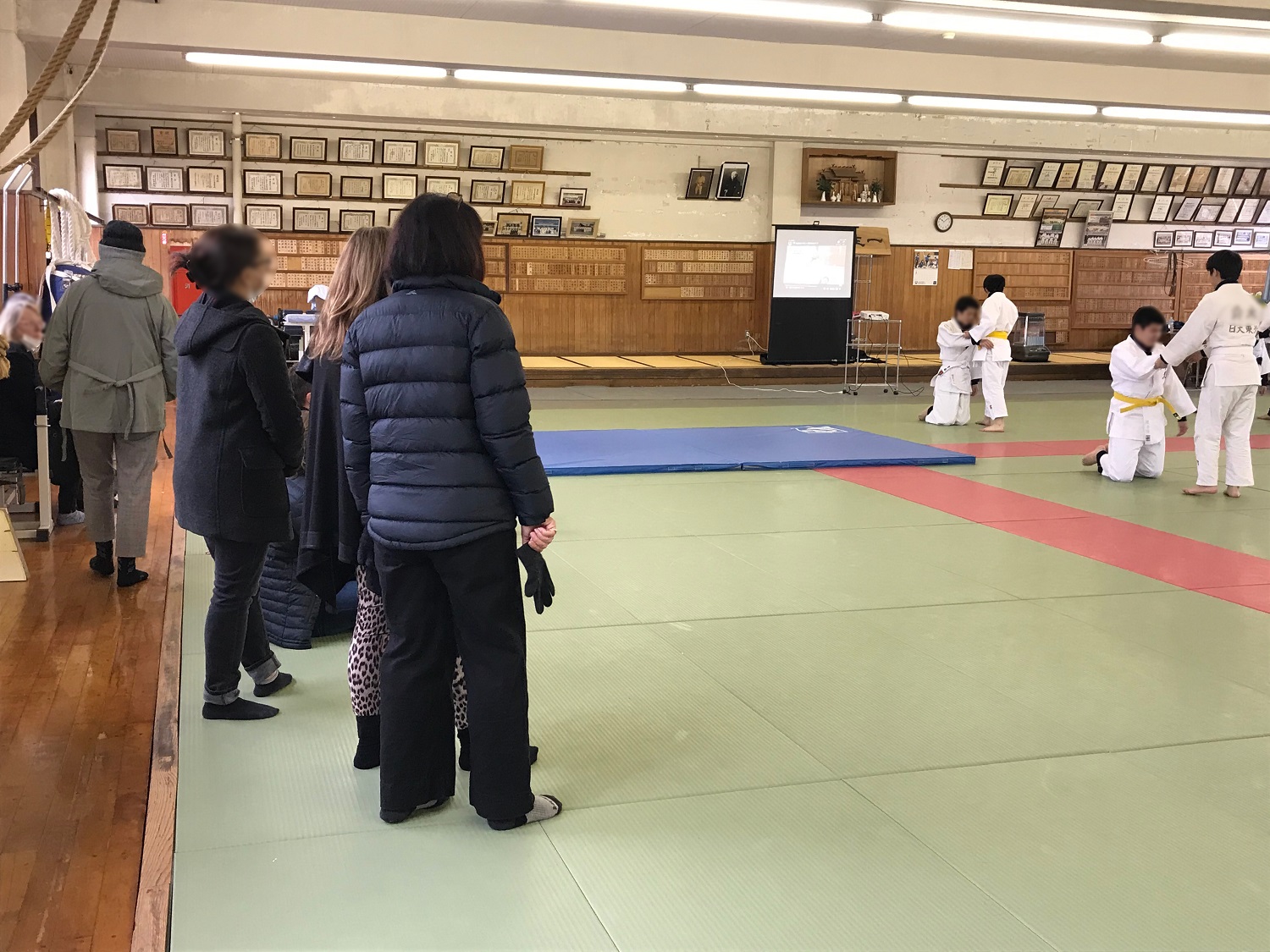

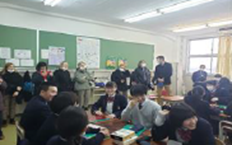
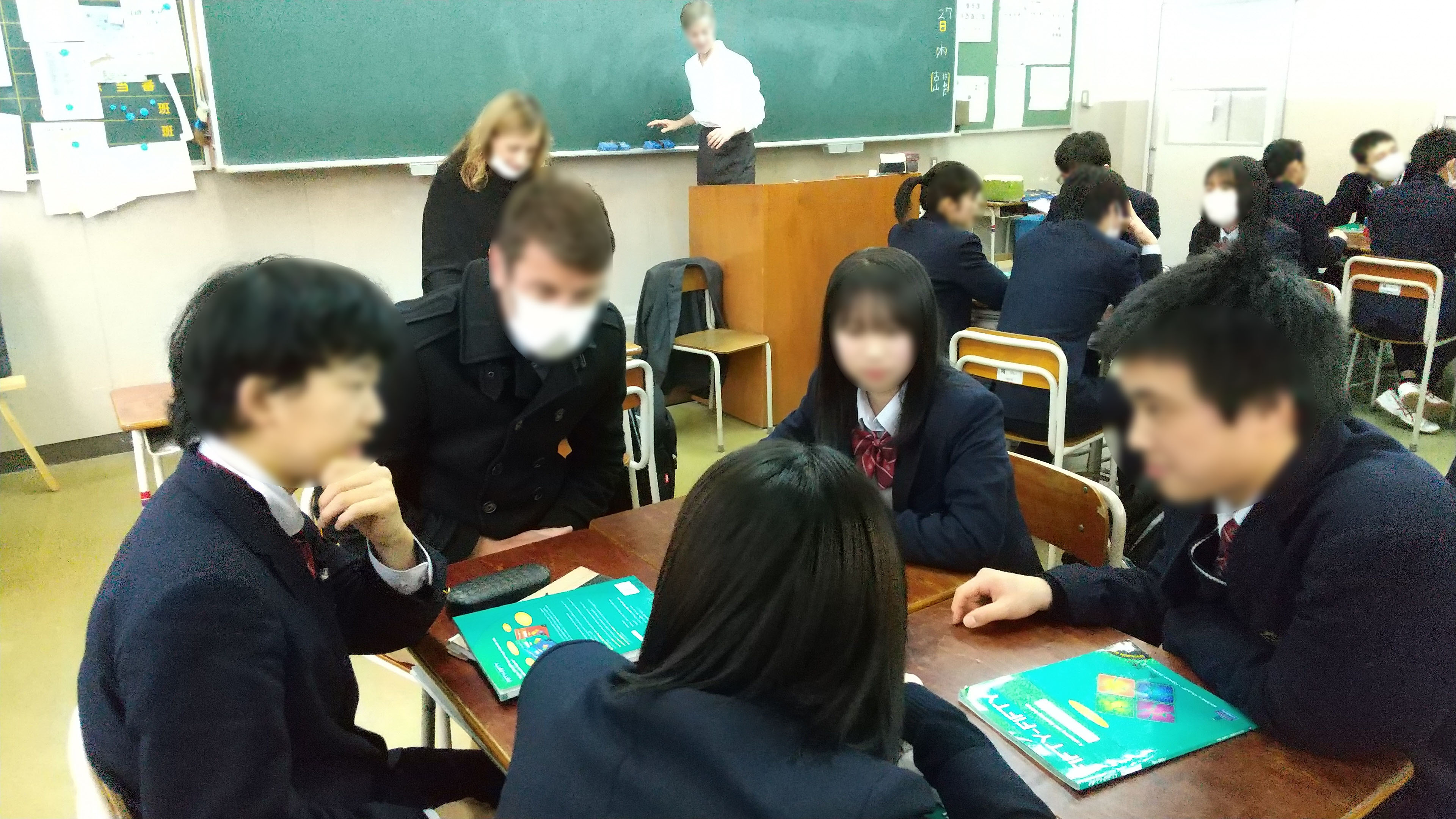
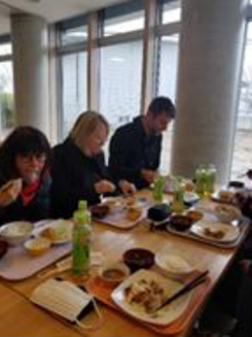
JNTO Global Projects Section
(Japanese & English Support)
TEL:+81-3-5369-3336
E-mail:education@jnto.go.jp
arrow_rightCONTACT US
Program Overview:
- Participants: Seven educators from Australian schools
- Purpose of visit: Gaining a deeper understanding of the Japanese school system, education system and culture, etc., through observing schools and visiting sightseeing spots appropriate for an educational trip to Japan.
Travel Itinerary
| Day 1 | Arrived at Haneda Airport early in the morning Tour of the Tokyo area |
| Day 2 | School observation at Toyomi Elementary School (Tokyo): Participated in English class/observed school lunch and school cleaning . Attended a Visit Japan Educational Travel Seminar in Tokyo. |
| Day 3 | Traveled to Fukushima by Shinkansen Tour of Fukushima Prefecture |
| Day 4 | School observation at Nihon University Tohoku High School (Fukushima Prefecture): Tour of classes and school facilities, etc. Tour of Fukushima Prefecture |
| Day 5 | Traveled to Kyoto by Shinkansen |
| Day 6 | Tour of Kyoto |
| Day 7 | Tour of Osaka Returned to Australia that night |
School Observation 1: Toyomi Elementary School in Chuo City, Tokyo
School observation details (time schedule)| 9:40~11:45 | Participated in fifth grade English class Tour of the school and classes |
| 11:45~12:25 | Lunch |
| 12:25~12:55 | Observing School lunch time, etc. |
| 12:55~13:15 | Observing school cleaning School tour |
| 13:15~13:45 | Sharing ideas with the school principal |
| 13:45~14:10 | Participated in fifth grade English class |



School Observation 2: Nihon University Tohoku High School in Fukushima Prefecture
School observation details (time schedule)| 9:20~9:30 | Opening remarks by representatives from the school and the Australian educators’ group |
| 9:30~9:50 | School introduction |
| 9:50~10:20 | Gym (judo) class observation |
| 10:30~11:00 | Tour of school facilities |
| 11:10~11:40 | English class observation |
| 12:00~13:00 | Lunch in the school cafeteria Sharing ideas with the assistant principal |





Opinions from participating teachers
About the school observations:
- At Toyomi Elementary School (Tokyo), I wasn’t expecting the custom of wearing slippers inside.
- Even without instructions from their teachers, students at Toyomi Elementary School served school lunches and cleaned the school within set time limits. I was surprised by how each student fulfilled their responsibilities as a class member, as well as by how each student was conscious of keeping the school clean despite not having rubbish bins in common areas.
- We visited Nihon University Tohoku High School (Fukushima) and observed English classes. The students seemed reserved and shy, but there was clearly mutual respect between the students and teachers.
- We observed a judo class in a dojo and baseball practice on an athletic field at Nihon University Tohoku High School. We don’t often see these in Australia, so I think they were valuable scenes from Japanese culture.
About important experiences during a study trip to Japan and experiences recommended for students:
- Visiting the school and having exchanges between students of the same age in English and Japanese as well as participating in classes such as judo and fine arts are extremely worthwhile.
- A tour around Japan would be very beneficial for 11–12 year old students. (from a primary school principal)
- Riding the Shinkansen and traveling within the city by subway would be valuable experiences for Australian students.
- Japanese food was amazing. I would like students to be able to understand more about Japanese food and culture.
- I think students would enjoy all kinds of experiences such as making plastic food samples, painting akabeko dolls, making sushi, visiting temples and castles, and strolling through bamboo forests, etc.
- It’s rare for students from hot, tropical climates to ski or see snow, so this would be an amazing experience for them.
- Normal, everyday experiences like shopping and purchasing items from vending machines.
- (It’s not a place we observed this time, but) Most students haven’t visited Tokyo Disneyland, so I’d definitely like to incorporate that into the itinerary.
- Commutan Fukushima (Fukushima Prefectural Centre for Environmental Creation Communication Building) was a remarkable facility addressing questions and concerns about how Japan has been handling disasters.
- I think the experience of staying overnight at a ryokan would be a new and amazing experience for students.
- The cultural experiences at Edo Wonderland. I think this would be a special experience for student groups.
- I felt like Tokyo Skytree and the Chiba Institute of Technology exhibition would be valuable experiences, especially for students studying STEM fields.
About their own recommendations to Australian educators for a study trip to Japan:
- Having experienced these school observations, I felt that various tours could be arranged to suit all ages and offer remarkable opportunities for learning in fascinating ways.
- Each small area is packed with rich culture, traditions and history, and there are countless sights deserving of attention. Also, everyone we met in Japan was very friendly.
- Japanese language is being taught as a specialized course in schools near my own, and we’re already recommending Japan as a destination for study trips within our network of school principals. I’ve also shared the experiences from this trip with the board of education and amongst teachers at my own school. Everyone seemed very interested in hearing about it.
CONTACT US
JNTO Global Projects Section
(Japanese & English Support)
TEL:+81-3-5369-3336
E-mail:education@jnto.go.jp
arrow_rightCONTACT US